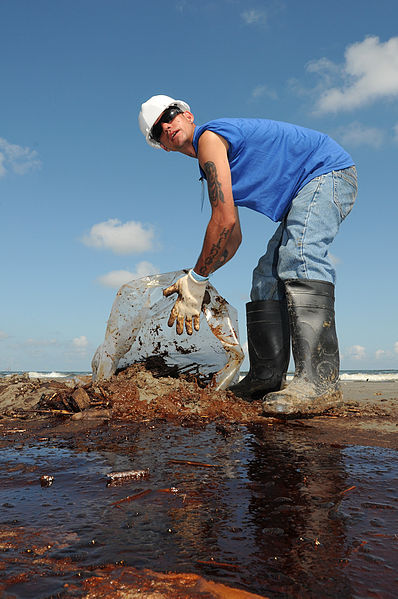 Given the sad comedy of errors that have occurred on the BP Deep Water Horizon drilling operation in the Gulf of Mexico, a lot of people will have their collective fingers crossed this week, as the project for the permanent cap to the damaged well gets under way. I don’t think that there is need to rehash all of the events leading up to this point, everyone directly affected by this disaster is fully aware of what has happened. The New York times a great website detailing the repair efforts if you are interested.
Given the sad comedy of errors that have occurred on the BP Deep Water Horizon drilling operation in the Gulf of Mexico, a lot of people will have their collective fingers crossed this week, as the project for the permanent cap to the damaged well gets under way. I don’t think that there is need to rehash all of the events leading up to this point, everyone directly affected by this disaster is fully aware of what has happened. The New York times a great website detailing the repair efforts if you are interested.
“Static Kill” is the new plan to permanently plug up the well, and on the 107th day, it has hopefully put an end to what has become one of the worst ecological disasters in U.S. history. One of the scary things about this Static Kill plan, is that part of it involves the same procedure as the “Top Kill” plan that failed back around Memorial Day. It involved pumping the damaged well head full of heavy drilling mud (about 13 lbs. per gallon) in hopes that it will force the crude oil back down the well shaft into the reservoir. Once the mud was pumped down the shaft, a concrete plug should permanently seal the well head. This failed the first time because the free flowing crude oil simply blasted the drilling mud out of the well shaft – the pressure of the outflowing crude was simply too much to overcome with this method. Now that the well has been temporally capped from above, the hope is that the new method will hold, then the permanent concrete plug can be installed.
One of the fears with the damaged well, is that there is also damage to the well shaft below the surface, and that plugging the top of the well will not permanently fix the well. Another sub-surface blowout could happen in the future. To address this concern, BP is actively drilling relief wells, that will intersect with the damaged well deep below the surface. The second portion of the Static Kill plan, will use these relief wells to perform the same mud and concrete plug at the bottom of the well shaft also. Donald Van Nieuwenhuise, director of petroleum geoscience programs at the University of Houston, has liked the plan to killing a vampire “Do I use a wooden stake or a silver bullet? Either will work”. The Static Kill plan is like using both to make sure this monster is dead.
I will have my fingers crossed along with everyone else involved, because if this does not work, I am not sure that anyone knows what to do next.
Until next blog,
Dave
 That Fish Blog – Aquarium Advice and Information
That Fish Blog – Aquarium Advice and Information

